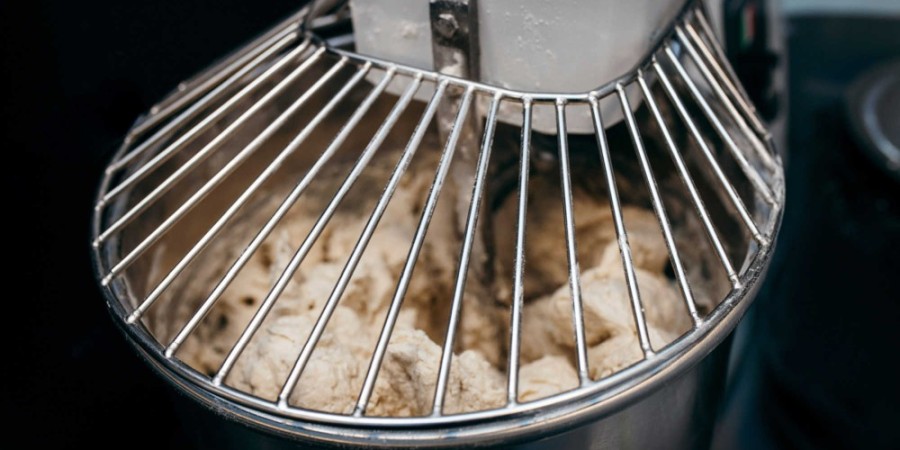
Bakeries and restaurants alike benefit from having a solid commercial mixer to rely on. Mixers are the best way to make dough, frosting, sauces, and more. They add efficiency, speed, and consistency to kitchen operations, making them invaluable to foodservice. Before considering buying a mixer, one should review some key factors to make an informed and worthwhile investment.
First, know the ins and outs of what you plan on making with a mixer. How many ingredients need to be mixed at once? Is the mixer primarily used for dough, and if not, what else could it be used for? How much weight on average will be going into the machine? Mixers are sold in various measurements and sizes, so knowing the answers to questions like these makes it easier to determine which mixer or mixers are the right buys.
For those who have a major focus on baking, a critical component of the buying decision is the absorption rate of the ingredients used. This is a percentage calculated by dividing the weight of water used by the weight of flour used. Why is this figure important? It is because mixing dough is tougher than mixing softer, lighter items. A mixer that lacks the strength to properly mix dough could burn out its motor, and if the mixing bowl isn't large enough, the contents could spill over or not mix correctly. The key is to look at a mixer's capacity and speed specifications and compare those numbers with the absorption rate. Higher absorption rates call for greater mixer speed and capacity.
Transmission is also a very important aspect of a mixer. Transmission refers to the mechanism used to power the unit. There are two types: belt-driven and gear-driven. Belt-driven mixers are cheaper to maintain but are not suited for heavy-duty use. Gear-driven machines are the opposite, possessing better performance at the expense of more costly and more frequent maintenance.
There are several kinds of mixers available, each with their own schematics. Planetary mixers consist of a mixing bowl in a fixed position and use an attachment to mix the contents in the bowl. Attachments are typically interchangeable and take the form of shapes like whisks or hooks. Spiral mixers don't just use an attachment to mix; the mixing bowl is also rotated. These mixers are better for thorough jobs like mixing dough. Kettle mixers are large units that have a large mechanical mixing arm and a heavy-duty kettle in place of a bowl.
…………………………………………
Mixers are staples in restaurants, dining halls, and more for a reason. Their ability to streamline and facilitate food preparation is undeniable, making them worthy additions to any kitchen.


Bad |
Rate as 5 star | Good |
||

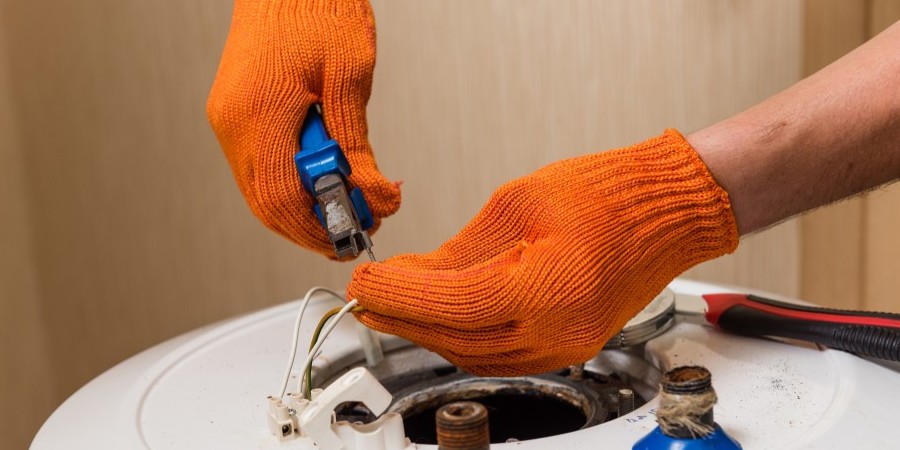
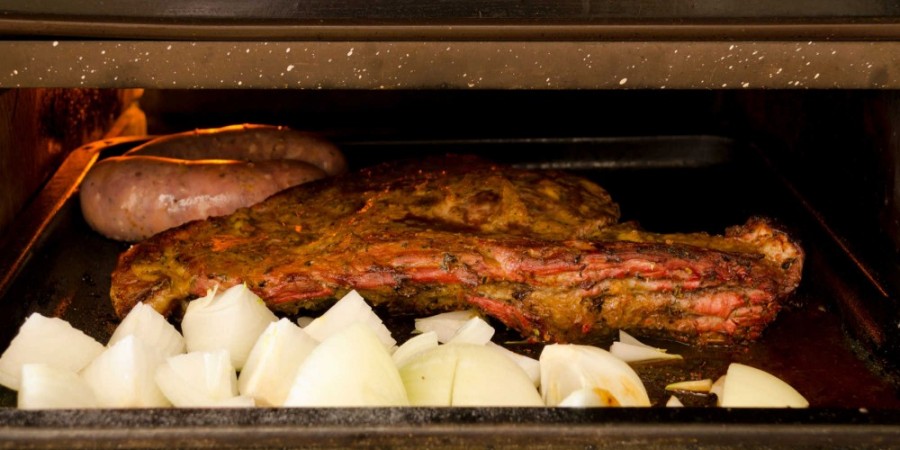
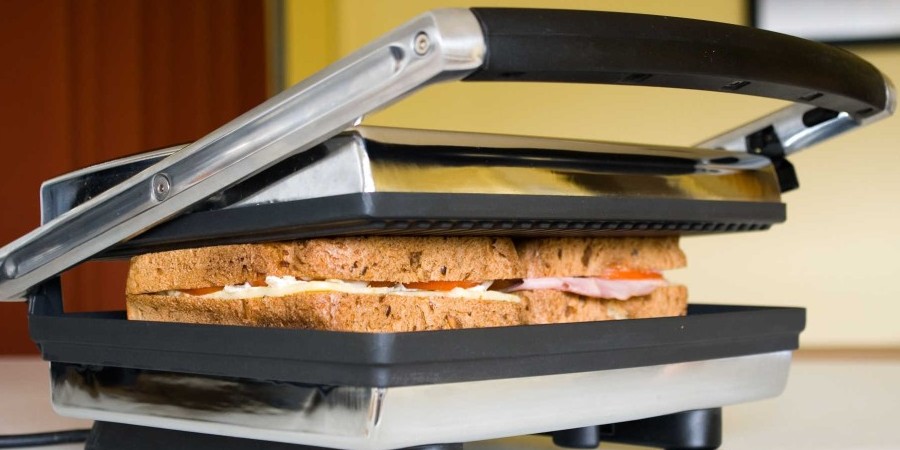
 Filter by category. | |
| REW | 152 |
| REW Academy | 131 |
| Restaurants | 126 |
| Website Categories | 125 |
| Articles | 117 |
| Kitchen | 50 |
| Vendors | 32 |
| Tutorials | 29 |
| Food | 26 |
| Customers | 22 |
| Events | 15 |
| Interviews | 9 |
| Web | 8 |
| Funny | 7 |
| Infographic | 6 |
| Social Media | 5 |
 Most popular (top 5) | |
 | Life Kitchen Florida App |
 | Indoor Chairs and Bar Stools Overview |
 | Booths |
 | Restaurant Equipment World (REW) Launches NEW Spanish Version of Website |
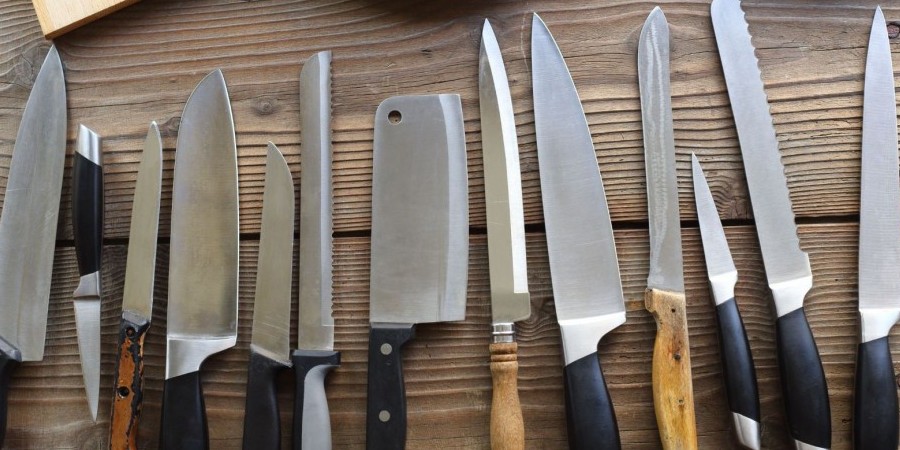 | Complete Guide to Cooking Knives |
 Top rated (top 5) | |
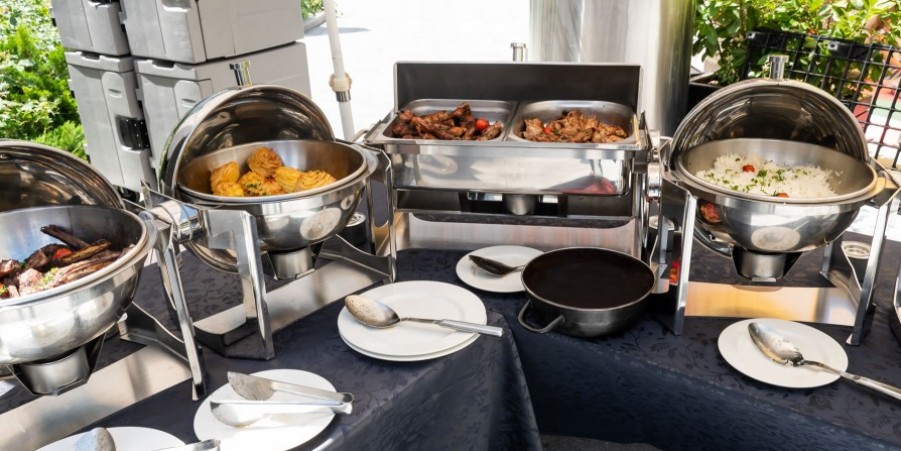 | Display Stands, Risers, and Portable Sneeze Guards |
 | Countertop Signage |
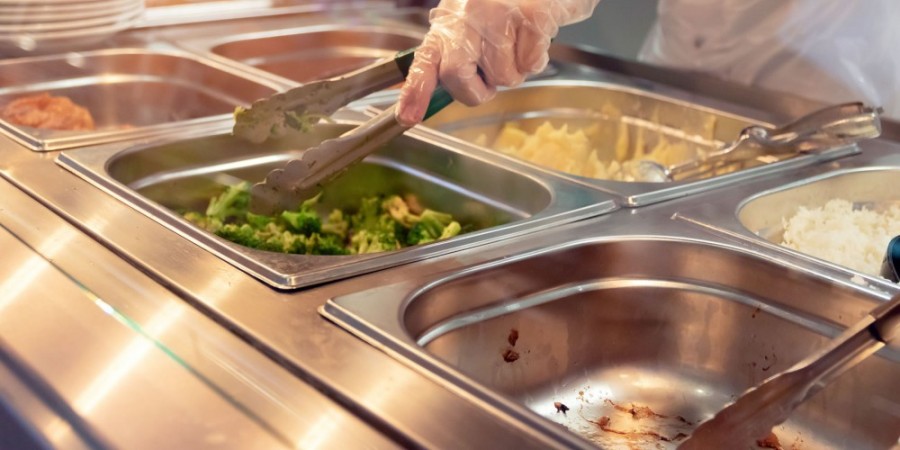 | Specialty Equipment |
| Welcome to the REW Blog! | |
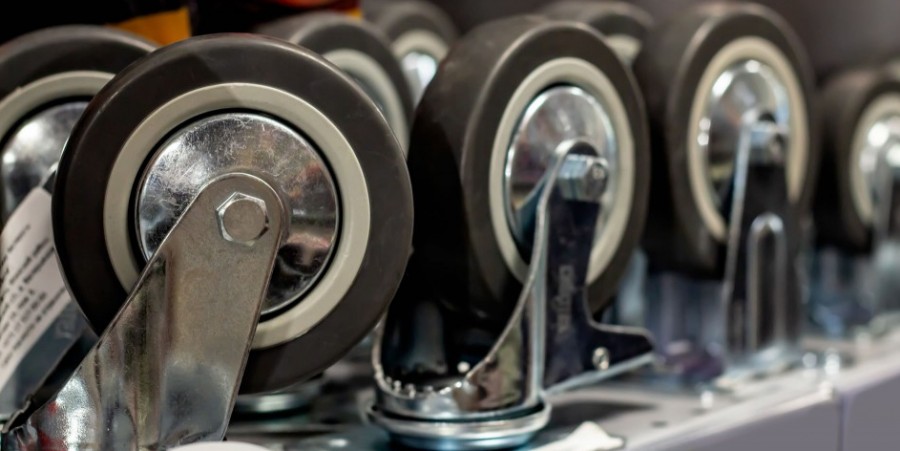 | Equipment Casters |